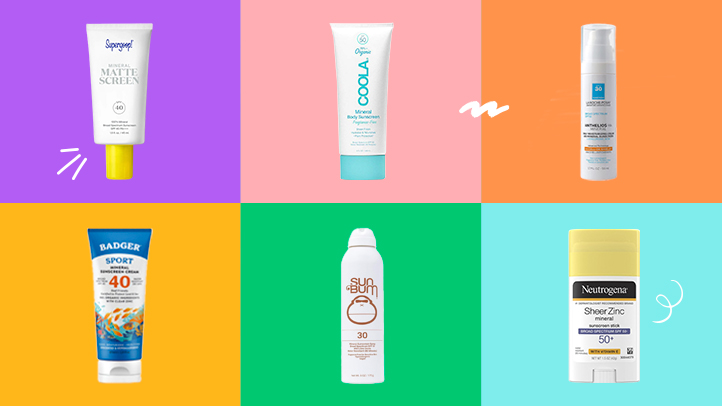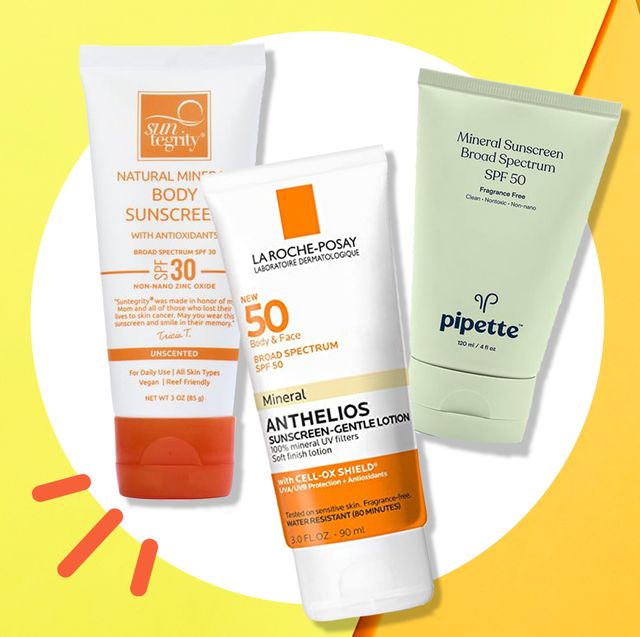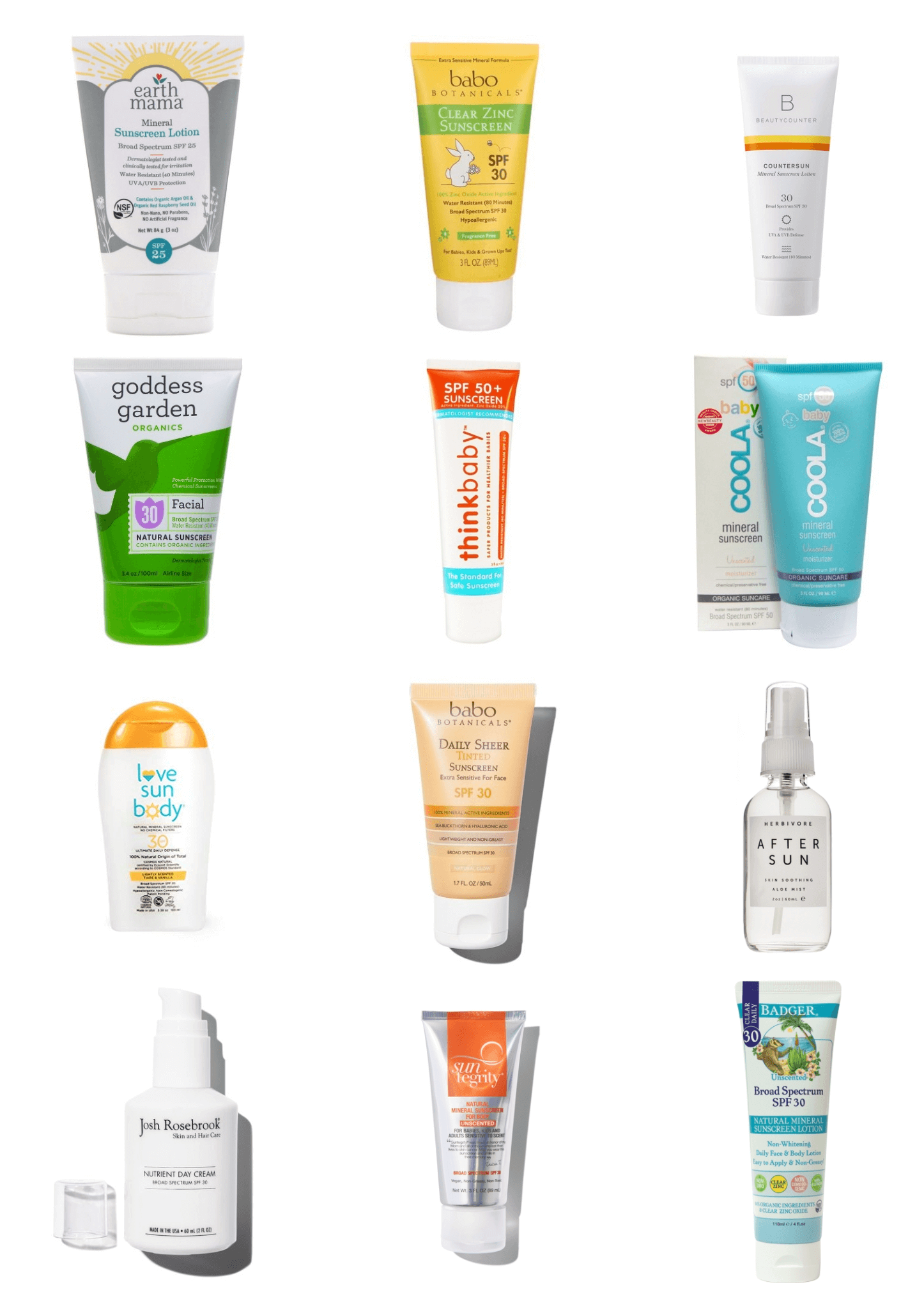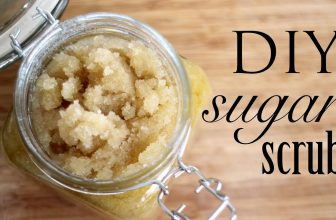Sunscreen Safe in Pregnancy

Sunscreen is safe in pregnancy. Look for pregnancy-safe options to protect your skin.
Sunscreen Safe in Pregnancy during pregnancy, it’s essential to shield your skin from harmful UV rays. Opt for mineral-based sunscreens containing zinc oxide or titanium dioxide. These ingredients are considered safe for both you and your baby. Avoid chemical sunscreens with oxybenzone and avobenzone.
Always consult with your healthcare provider before using any skincare products while pregnant. Remember, protecting your skin from the sun is crucial for maintaining skin health during this special time.

Importance Of Sun Protection During Pregnancy
Increased Skin Sensitivity
Pregnancy can lead to increased skin sensitivity due to hormonal changes.
Using sunscreen helps protect against irritation and sunburn.
Risks Of Uv Exposure
UV exposure can worsen melasma and skin discoloration during pregnancy.
It increases the risk of skin damage and premature aging.

Choosing The Right Sunscreen
When it comes to pregnancy, choosing the right sunscreen is crucial for protecting your skin. Let’s explore the differences between physical and chemical sunscreens and the key ingredients to look for when selecting a safe option for you and your baby.
Physical Vs. Chemical Sunscreens
Physical Sunscreens: Contain minerals like zinc oxide and titanium dioxide that sit on top of the skin to deflect UV rays.
Chemical Sunscreens: Absorb UV rays and convert them into heat that is then released from the skin.
Key Ingredients To Look For
- Zinc Oxide: Provides broad-spectrum protection and is gentle on sensitive skin.
- Titanium Dioxide: Helps block both UVA and UVB rays without irritating the skin.
- SPF 30 or Higher: Offers adequate protection against UV radiation.
- Hypoallergenic: Reduces the risk of skin reactions, ideal for pregnant women.
Safe Ingredients In Sunscreen
Sunscreen is an essential part of maintaining healthy skin, especially during pregnancy. When selecting a sunscreen, it’s crucial to consider the safety of its ingredients. Understanding the safe components of sunscreen can help expectant mothers make informed choices and protect their skin from the sun’s harmful rays.
Zinc Oxide And Titanium Dioxide
Zinc oxide and titanium dioxide are two mineral-based ingredients commonly found in safe sunscreens. These natural minerals provide effective protection against both UVA and UVB rays, making them ideal choices for pregnant women. Unlike chemical sunscreens, zinc oxide and titanium dioxide work by sitting on top of the skin, forming a barrier to deflect the sun’s rays without being absorbed into the body.
Avoiding Harmful Chemicals
When choosing a sunscreen during pregnancy, it’s important to avoid harmful chemicals such as oxybenzone, avobenzone, and octinoxate. These chemicals have the potential to disrupt hormone balance and may pose risks to the developing fetus. Opting for mineral-based sunscreens with zinc oxide and titanium dioxide can help eliminate exposure to these harmful substances, providing peace of mind for expectant mothers.
Application Tips For Effective Protection
For effective protection from the sun during pregnancy, choose a sunscreen labeled as safe for use during this time. Look for products with broad-spectrum protection and an SPF of at least 30. Make sure to reapply sunscreen every two hours or after swimming or sweating to maintain its effectiveness.
When it comes to pregnancy, protecting yourself from the sun’s harmful rays is crucial. But using any sunscreen is not enough. You need to use a pregnancy-safe sunscreen and apply it correctly for maximum effectiveness. Here are some best practices for application and reapplication throughout the day.
Best Practices For Application
To ensure that your sunscreen is effective, apply it properly. Here are some tips:
- Apply sunscreen 15 minutes before sun exposure
- Use a generous amount of sunscreen
- Apply sunscreen to all exposed skin, including your face, neck, ears, and feet
- Massage sunscreen into your skin until it is fully absorbed
- Use a water-resistant sunscreen if you plan on swimming or sweating
Reapplication Throughout The Day
Reapplying sunscreen is just as important as applying it in the first place. Here are some tips for reapplication:
- Reapply sunscreen every two hours, or immediately after swimming or sweating
- Use a water-resistant sunscreen if you plan on swimming or sweating
- Use a mineral-based sunscreen if you plan on reapplying throughout the day, as it is less likely to irritate your skin
By following these application and reapplication tips, you can ensure that you are getting the most out of your pregnancy-safe sunscreen. Remember, protecting yourself from the sun’s harmful rays is crucial during pregnancy, so make sure you are using a sunscreen that is safe for you and your baby.
Sunscreen And Vitamin D Considerations
When pregnant, it’s essential to protect your skin with sunscreen, but it’s also important to get enough vitamin D. Opt for sunscreens labeled “safe for pregnancy” and spend limited time in the sun to maintain a balance between sun protection and vitamin D absorption.
When it comes to pregnancy, it’s important to take extra care of your skin. Sunscreen is a crucial tool in protecting your skin from the harmful effects of the sun’s UV rays. However, some pregnant women are concerned about the effects of sunscreen on their vitamin D levels. In this section, we’ll explore how to balance sun exposure, vitamin D sources during pregnancy, and the safety of sunscreen use.
Balancing Sun Exposure
It’s important to balance sun exposure during pregnancy. While the sun is an important source of vitamin D, overexposure to UV rays can lead to skin damage and increase the risk of skin cancer. Pregnant women should avoid direct sun exposure during peak hours (10 a.m. to 4 p.m.) and wear protective clothing, including hats and long-sleeved shirts.
Vitamin D Sources During Pregnancy
Getting enough vitamin D during pregnancy is important for the development of your baby’s bones and teeth. While the sun is a natural source of vitamin D, there are other ways to get the nutrient. Foods such as fatty fish, eggs, and fortified milk and cereal can provide vitamin D. Additionally, prenatal vitamins often contain vitamin D to ensure that pregnant women get enough of the nutrient.
Sunscreen Safety
The safety of sunscreen use during pregnancy is a concern for some women. However, according to the American College of Obstetricians and Gynecologists, there is no evidence that sunscreen use is harmful during pregnancy. In fact, using sunscreen can help prevent skin damage and reduce the risk of skin cancer. When choosing a sunscreen, look for a broad-spectrum formula with an SPF of at least 30. Apply sunscreen liberally and reapply every two hours or after swimming or sweating. In conclusion, balancing sun exposure and getting enough vitamin D during pregnancy is important for the health of both mother and baby. While some women may have concerns about sunscreen use, it is safe and effective in protecting the skin from the sun’s harmful rays. By following these tips, you can enjoy the outdoors while keeping your skin and baby safe.
Additional Sun Protection Strategies
Explore additional sun protection strategies during pregnancy to ensure safe sunscreen use. Opt for broad-spectrum SPF products and seek shade during peak sun hours. Cover up with hats and sunglasses for comprehensive UV protection.
Protective Clothing And Accessories
Seeking Shade And Planning Outdoor Time
Consulting Healthcare Providers
Consulting healthcare providers is crucial when it comes to using sunscreen during pregnancy. Dermatologists can offer specialized advice tailored to your needs.
When To Consult A Dermatologist
If you have sensitive skin or are unsure about sunscreen safety, consult a dermatologist.
Tailoring Sun Protection To Individual Needs
Pregnant women may need specific sun protection due to hormonal changes.

Myths And Facts About Sunscreen Use In Pregnancy
During pregnancy, using sunscreen is safe and recommended to protect the skin from harmful UV rays. It helps prevent skin damage and pigmentation often associated with hormonal changes. Ensure to choose a pregnancy-safe sunscreen with broad-spectrum protection for optimal skin health.
Debunking Common Misconceptions
Myth: Sunscreen is unsafe during pregnancy.
Fact: Using sunscreen with safe ingredients is recommended to protect against harmful UV rays.
Scientific Evidence On Safety
Myth: Chemicals in sunscreen can harm the baby.
Fact: Studies show that sunscreen poses minimal risk when used as directed.
Frequently Asked Questions
Which Sunscreens Are Safe During Pregnancy?
Choose sunscreens labeled “pregnancy-safe” or with physical blockers like zinc oxide and titanium dioxide. Avoid oxybenzone and retinyl palmitate. Always consult your doctor.
What To Avoid In Sunscreen During Pregnancy?
Avoid sunscreens with retinoids, oxybenzone, and chemical filters. Look for mineral-based sunscreens with zinc oxide or titanium dioxide. Opt for fragrance-free and hypoallergenic options. Always consult your doctor before using any sunscreen during pregnancy.
Can I Use Coppertone Sunscreen While Pregnant?
Yes, Coppertone sunscreen is safe to use during pregnancy. It helps protect your skin from harmful UV rays.
Does Sunscreen Cross The Placenta?
Sunscreen can cross the placenta, so it’s essential to choose pregnancy-safe options to protect the baby.
Conclusion
Using sunscreen during pregnancy is safe and crucial for skin protection. It helps to shield against harmful UV rays and prevent skin discoloration and other sun-related issues. By choosing pregnancy-safe sunscreens, expectant mothers can ensure the well-being of their skin and overall health during this important time.







